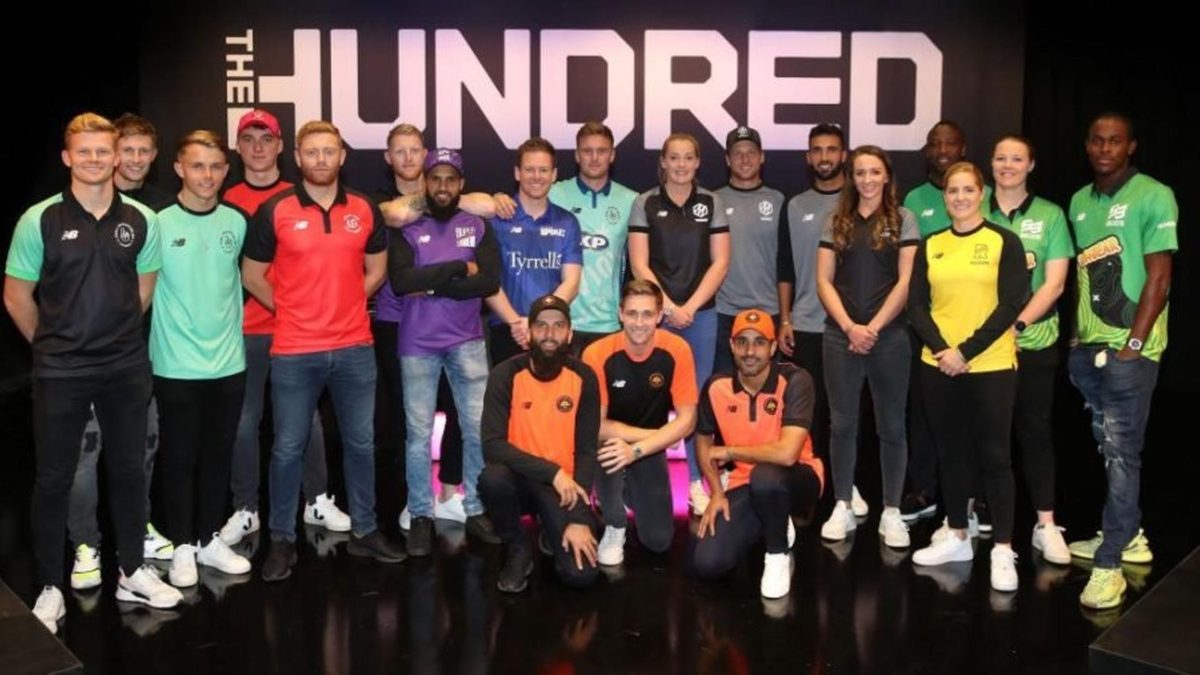
No issue in cricket in recent times has been more divisive than the launch of The Hundred. Prior to the tournament’s postponement because of the coronavirus pandemic, Nick Hoult told the story behind its creation in the 2020 Wisden Cricketers’ Almanack.
Nick Hoult is chief cricket correspondent of The Daily Telegraph
On April 29, in the light of the coronavirus pandemic, the decision was taken to postpone The Hundred until 2021
Desert Springs, a five-star golf resort in southern Spain, is not the obvious place to start an English cricket revolution. In late October 2017, ECB chief executive Tom Harrison, chairman Colin Graves, and Andrew Strauss, director of the England team, had flown in to size up the venue as a winter training centre. But their trip took a twist. Called together by Sanjay Patel, then the board’s chief commercial officer, they were soon listening to the latest idea from his department. It was a meeting that changed the sport, possibly for ever.
Patel’s PowerPoint presentation described a new game comprising 100 balls per side – shorter than Twenty20 and, in his opinion, simpler to understand for the new audience the board were desperate to attract. It is not known who first dreamed up The Hundred. Patel will say only that it was born out of many discussions; even Graves is unsure. “Sanjay came out with this presentation,” he says. “We all looked at one another, and said: ‘How the heck is that going to work?’ To give him his due, Sanjay said: ‘Don’t prejudge it. Just go away and have a think.’ He had the vision – and he stuck with it.”
So began one of the most rancorous periods in the history of English domestic cricket. It led to accusations of betrayal and bullying; included PR blunders that damaged the game’s reputation; pitted the board against their richest county; stirred impassioned resistance from the sport’s supporter base; sparked constitutional change that dramatically reduced the influence of the 18 first-class counties; and triggered fears about a widening of the gap between the so-called super clubs at the Test-match grounds, and the rest.
The Hundred is inevitable, but the counties will not go quietly. At the end of 2019, Surrey commissioned a report entitled “One Million & Rising”. It recommended a two-division Blast, expanded beyond England with an attempt to build partnerships with IPL teams, and a governance structure separate from the ECB. “An updated Blast is still very much on the cards, perhaps with two or three divisions, and new teams from Scotland, Ireland and Europe,” says Gould. “The counties know there will be significant broadcast interest in T20 when the next rights cycle arrives. Ultimately, it will be up to them to decide. There are lots of options available, and there is no doubt T20 will remain the most important global brand for short-form cricket for the next 20 years or so.”
The Hundred begins at The Oval on July 17, when Oval Invincibles play Welsh Fire. It is the start of a new era, but not the end of the story.








